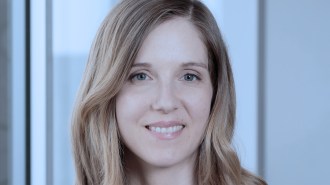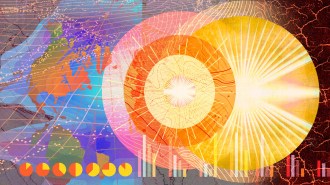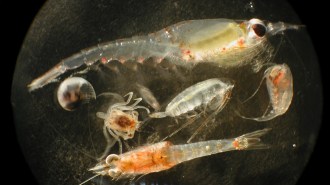
Earth
An underwater volcano off Oregon didn’t erupt in 2025 after all. Why not?
Data from Axial, the most-monitored underwater volcano, are helping geophysicists hone eruption predictions. For Axial, 2026 is their next bet.
Every print subscription comes with full digital access

Data from Axial, the most-monitored underwater volcano, are helping geophysicists hone eruption predictions. For Axial, 2026 is their next bet.
We summarize the week's scientific breakthroughs every Thursday.

A volcanic eruption may have triggered a deadly chain of events that brought the Black Plague to Europe in the 14th century.

Human activity can cause “healed” faults to release their stored strength, triggering unexpected quakes in tectonically stable regions.

As action from the U.N.’s huge COP30 international meeting falls short, smaller groups are banding together to find ways to fight climate change.

Polar marine ecologist Marianne Falardeau investigates how Arctic ecosystems are shifting under climate change.

The Trump administration’s cuts to heat research come at a time when climate change is making extreme heat waves more common and intense.

An analysis of mining plumes in the Pacific Ocean reveals they kick up particles sized similarly to the more nutritious tidbits that plankton eat.
After a decades-long hiatus, new world screwworm populations have surged in Central America and Mexico — and are inching northward.

A microscope reveals an algae-like adaptation that might future-proof crop photosynthesis in extreme heat.

Mosquitoes have reached Iceland, a place once thought too harsh for them to survive. Climate change may play a role in this shift.
Subscribers, enter your e-mail address for full access to the Science News archives and digital editions.
Not a subscriber?
Become one now.